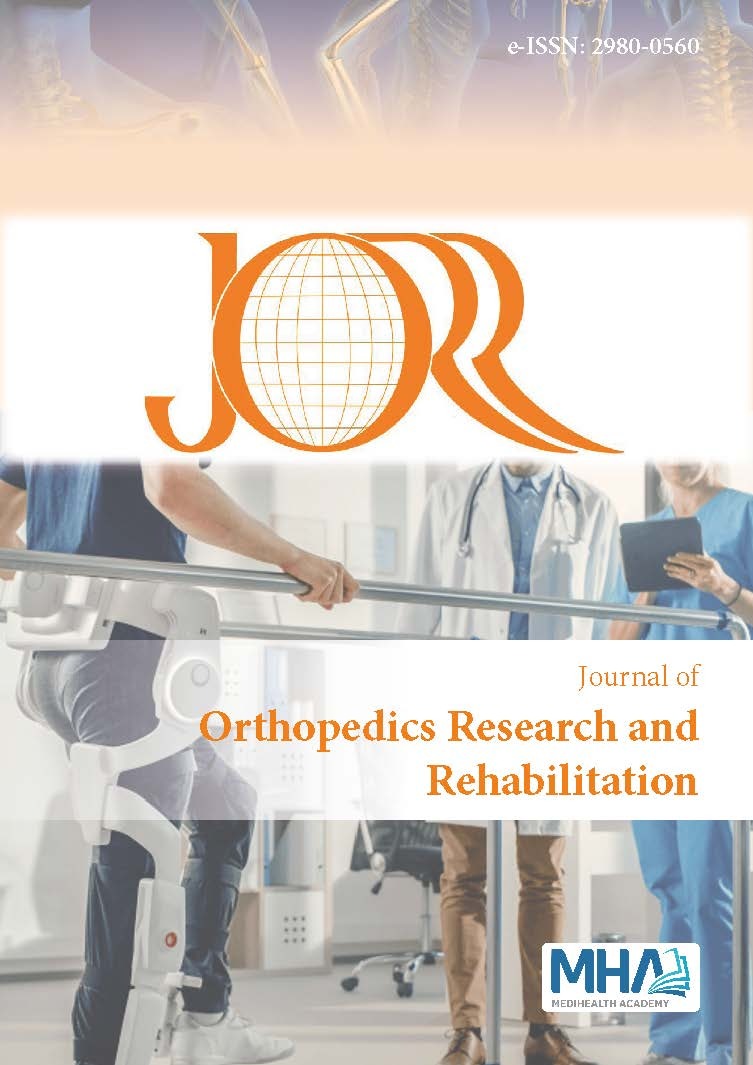1. Konieczny MR, Senyurt H, Krauspe R. Epidemiology of adolescentidiopathic scoliosis. J Child Orthop. 2013;7(1):3-9.
2. Weinstein SL, Dolan LA, Cheng JC, Danielsson A, Morcuende JA.Adolescent idiopathic scoliosis. Lancet. 2008;371(9623):1527-1537.
3. Raso VJ, Lou E, Hill DL, Mahood JK, Moreau MJ, Durdle NG. Trunkdistortion in adolescent idiopathic scoliosis. J Pediatr Orthop. 1998;18(2):222-226.
4. LeBlanc R, Labelle H, Rivard CH, Poitras B. Relation betweenadolescent idiopathic scoliosis and morphologic somatotypes. Spine.1997;22(21):2532-2536.
5. Turgut E, Gur G, Ayhan C, Yakut Y, Baltaci G. Scapular kinematics inadolescent idiopathic scoliosis: A three-dimensional motion analysisduring multiplanar humeral elevation. J Biomech. 2017;61:224-231.
6. Reyhani F, Meftahi N, Rojhani-Shirazi Z. Comparing shoulderproprioception, upper extremity dynamic stability, and hand gripstrength in overhead athletes with and without scapular dyskinesis. JBodyw Mov Ther. 2024;39:304-310.
7. Cheng JC, Castelein RM, Chu WC, et al. Adolescent idiopathic scoliosis.Nat Rev Dis Primers. 2015;1(1):1-21.
8. Blecher R, Krief S, Galili T, et al. The proprioceptive systemmasterminds spinal alignment: insight into the mechanism of scoliosis.Dev Cell. 2017;42(4):388-399.
9. Chesler AT, Szczot M, Bharucha-Goebel D, et al. The role of PIEZO2 inhuman mechanosensation. N Engl J Med. 2016;375(14):1355-1364.
10. Cook SD, Harding AF, Burke SW, Whitecloud TS, Barrack RL,Leinhardt TM. Upper extremity proprioception in idiopathic scoliosis.Clin Orthop Relat Res. 1986;213:118-124.
11. Barrack RL, Whitecloud TS, Burke SW, Cook SD, Harding AF.Proprioception in idiopathic scoliosis. Spine. 1984;9(7):681-685.
12. Guyot MA, Agnani O, Peyrodie L, Samantha D, Donze C, CatanzaritiJF. Cervicocephalic relocation test to evaluate cervical proprioceptionin adolescent idiopathic scoliosis. Eur Spine J. 2016;25:3130-3136.
13. Le Berre M, Guyot MA, Agnani O, et al. Clinical balance tests,proprioceptive system and adolescent idiopathic scoliosis. Eur Spine J.2017;26:1638-1644.
14. Lau KK, Law KK, Kwan KY, Cheung JP, Cheung KM, Wong AY. Timelyrevisit of proprioceptive deficits in adolescent idiopathic scoliosis: asystematic review and meta-analysis. Global Spine J. 2022;12(8):1852-1861.
15. Akınoğlu B, Kabak B, Balci A, Kocahan T, Hasanoğlu A. A comparativestudy of shoulder muscle strength, sense of proprioception andinternal/external rotation flexibility between adolescent athletes withand without scapular asymmetry. Adv Rehab. 2020;34(3):1-7.
16. Ben Kibler W. The role of the scapula in athletic shoulder function. AmJ Sports Med. 1998;26(2):325-337.
17. Curtis T, Roush JR. The lateral scapular slide test: a reliability study ofmales with and without shoulder pathology. N Am J Sports Phys Ther.2006;1(3):140-146.
18. Dover G, Powers ME. Reliability of joint position sense and force-reproduction measures during internal and external rotation of theshoulder. J Athl Train. 2003;38(4):304-310.
19. Yang JL, Chen S, Jan MH, Lin YF, Lin JJ. Proprioception assessment insubjects with idiopathic loss of shoulder range of motion: joint positionsense and a novel proprioceptive feedback index. J Orthop Res. 2008;26(9):1218-1224.
20. Beshay N, Lam PH, Murrell GA. Assessing the reliability of shoulderstrength measurement: hand-held versus fixed dynamometry. ShoulderElbow. 2011;3(4):244-251.
21. Karagiannakis D, Athanasopoulos S, Mandalidis D. Scapular muscles’activity in female volleyball players with scapular asymmetry in theresting position. J Bodyw Mov Ther. 2018;22(3):580-585.
22. Lin JJ, Chen WH, Chen PQ, Tsauo JY. Alteration in shoulder kinematicsand associated muscle activity in people with idiopathic scoliosis. Spine.2010;35(11):1151-1157.
23. Chen N, Chen C, Mo X, Du Q, Liu Y. Joint proprioception of adolescentidiopathic scoliosis: a mini review. Biomed J Sci Tech Res. 2019;15(5):11601-11603.
24. Keessen W, Crowe A, Hearn M. Proprioceptive accuracy in idiopathicscoliosis. J Pediatr Orthop. 1992;12(4):149-155.
25. Gupta RR, Shukla Y. To study the upper extremity proprioception injuvenile idiopathic scoliosis-an observational study. Indian J PhysicTherapy. 2014;2(2):66-69.
26. Yagci G, Aydin Ozcan D, Ayhan C, Demirkiran G, Yakut Y, Yazici M.Evaluation of upper extremity function and its relation to curve patternin female adolescents with idiopathic scoliosis: a pilot study. SpineDeform. 2020;8:1175-1183.
27. Sciascia A, Cromwell R. Kinetic chain rehabilitation: a theoreticalframework. Rehabil Res Pract. 2012;2012:1-9.
28. Seitz AL, McClelland RI, Jones WJ, Jean RA, Kardouni JR. Acomparison of change in 3D scapular kinematics with maximalcontractions and force production with scapular muscle tests betweenasymptomatic overhead athletes with and without scapular dyskinesis.Int J Sports Phys Ther. 2015;10(3):309-318.
29. Merolla G, De Santis E, Campi F, Paladini P, Porcellini G. Supraspinatusand infraspinatus weakness in overhead athletes with scapulardyskinesis: strength assessment before and after restoration of scapularmusculature balance. Musculoskelet Surg. 2010;94:119-125.
30. Barbosa GMP, Matheus JPC, Lemos TV, Barbosa GMP, Souza JúniorJRD. Comparison of the upper extremity physical performance testsbetween asymptomatic adults with and without scapular dyskinesis.Fisioter. Mov. 2023;36:e36121.

